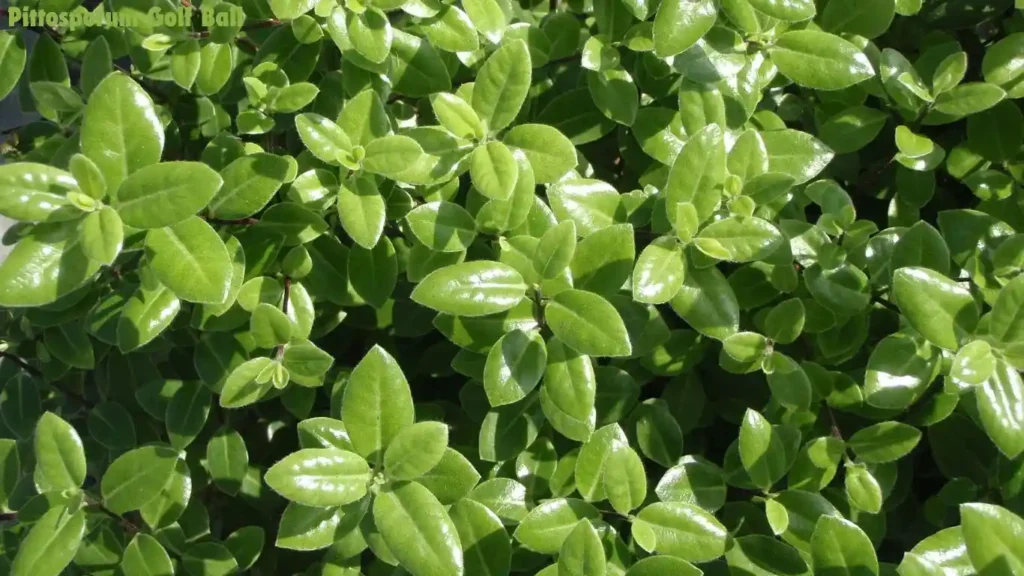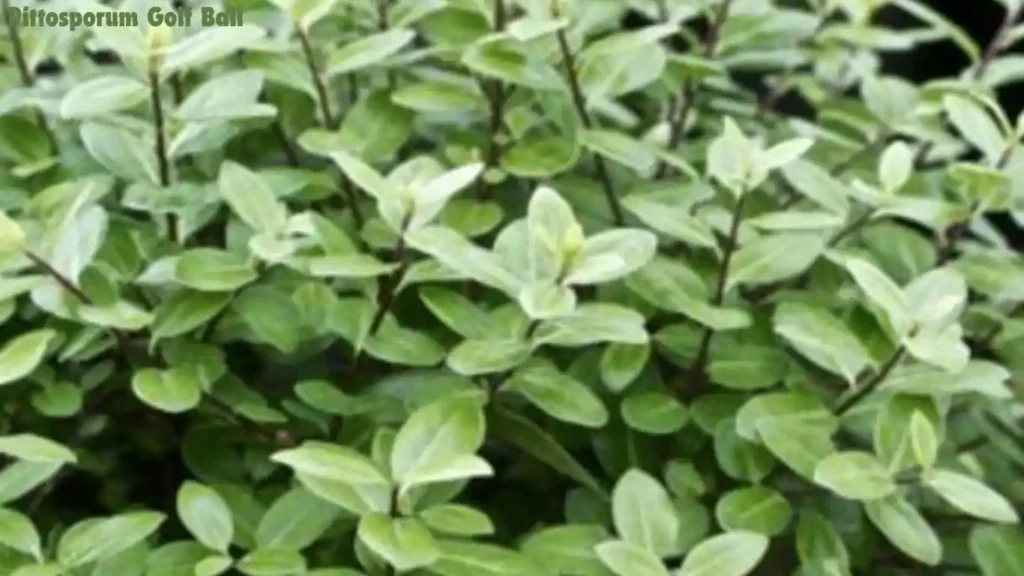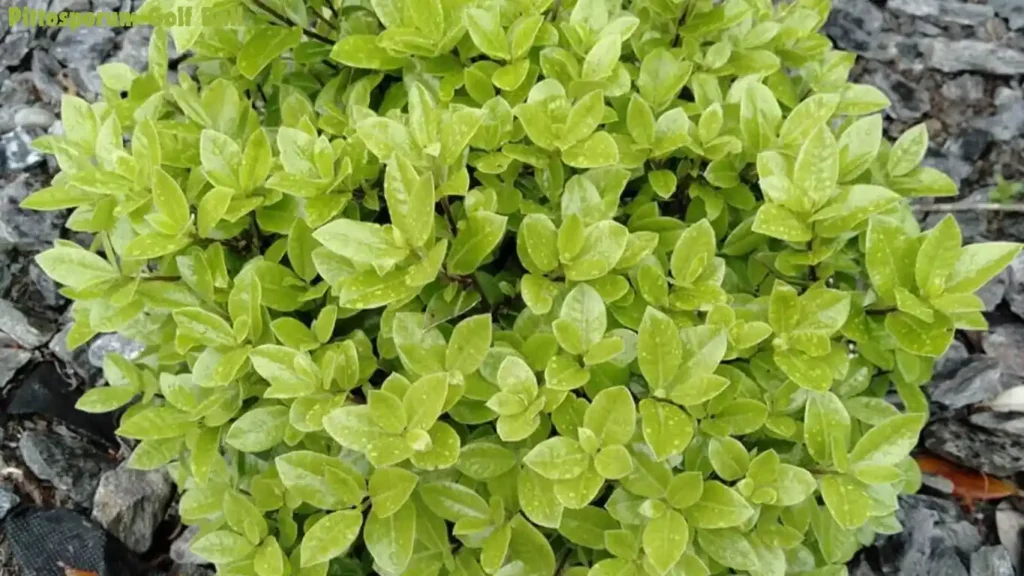How to Grow Best Pittosporum Golf Ball | History & Origins
Pittosporum Golf Ball has become number one among scene fans with its unique appeal and flexibility.
We should dip into the complexities of this unique plant, studying its set of pieces of knowledge, qualities, product tips, finishing possibilities, and benefits, and that’s only the tip of the iceberg.
Comprehending Pittosporum Golf Ball
The frequently referred to just as a Golf Ball, is a beautiful and relaxed bush known for its particular impression and simple support.

With its smaller, adjusted structure and thick vegetation, this evergreen plant adds a piece of polish to any setting.
Pittosporum Golf Ball: A More Critical Stare
The name “Golf Ball” properly describes the bush’s appearance, with its little, circular leaves intently looking like small-scale golf balls.
This particular component pursues a sponsor decision for finishing projects looking for a harmony between modern appeal and reasonableness.
Qualities and Elements
Pittosporum Ball ordinarily arrives at a level and width of around 2 to 3 feet, making it suitable for small and huge greenhouses.
Its thick foliage gives all year interest, offering a rich green setting against which different plants can flash.
Flexibility and Adaptability
One of the vital benefits of the Pittosporum Ball is its versatility to different growing possibilities.
Whether specified in full sun or fractional shade, this strong bush grows in a large number of environments, from calm districts to more subtropical conditions.
History of Pittosporum Ball
The historical setting of the Pittosporum Golf follows back to its starting points in Japan and China, where it was at first created for its flowery worth.
After some time, its fame spread to different pieces of Asia and finally to Europe and North America.
Prologue to Western Nurseries
In the nineteenth 100 years, the Pittosporum Golf chased down its direction into Western nurseries, where it directly earned respect for its unique appearance and versatility.
Nursery workers and botanists were charmed by its smaller structure and thick vegetation, which made it an optimal hope for finishing projects.
Origins and Early Development
The historical setting of the Pittosporum Golf follows back to its starts in Japan and China, where it was originally developed for its flowery worth.

Over the long run, its fame extended to different pieces of Asia and, in the end, to Europe and North America.
Prologue to Western Greenhouses
In the nineteenth century, the Pittosporum Ball followed its direction into Western greenhouses, where it directly earned respect for its unique formation and flexibility.
Greenhouse workers and botanists were enchanted by its reduced structure and thick herbage, which made it an optimal option for arranging tasks.
Characteristics of Pittosporum Golf Ball
Actual Characteristics
Pittosporum Ball is prestigious for its specific actual grades put aside from different brushes.
Shape and Size
This bush is properly named for its unique, reduced, changed shape. A professional Pittosporum Golf commonly comes at a level and width of around 2 to 3 feet.
Its circular structure makes it an attractive choice for different finishing methods, giving a slick and clean formation without broad care.
Foliage Character
The foliage of the Pittosporum Golf Ball is dense and active. The leaves are little, oval, and shiny, giving the plant a rich, green formation all year.
This thick foliage boosts its visible appeal and makes it a great conclusion for making protection walls or edges.
Cultivation and Care Information
Selecting Relations
Honest planting is critical for the solid development of the Pittosporum Ball. Begin by selecting an area with very much weakened soil and sufficient daylight.
Dig an opening two times the width of the root ball and somewhat more surface than its depth.
Place the plant in the opening, ensuring the highest point of the root ball is level with the ground surface.
Inlay with soil, tenderly packing it down to dispose of airbags. Water is used entirely to help the plant settle.
Watering Needs
During the basis stage, standard watering is essential. Water Pittosporum Golf profoundly once a week, allowing the dirt to dry out somewhat between waterings.
Once paid, it turns out to be a dryer period, open-minded, and requires less continuous watering.
To avoid overwatering, change your watering plan in light of atmospheric conditions and soil dampness levels.
Pruning Methods
Pruning keeps up with the ideal shape and size of the Pittosporum Ball. Light pruning should be possible throughout the developing season to destroy dead or harmed branches. For molding, prune in pre-spring or late winter before new development starts.
Utilize sharp, clean pruning shears to make clean cuts, empowering sound development and forestalling infection spread. Regular pruning keeps the bush looking smooth and advances denser vegetation.
Typical Pests and Conditions
Bug The board Methods
While Pittosporum Golf is somewhat impassable to bother, it can sometimes cave to normal greenhouse bugs.
Aphids, scale bugs, and bug slime are the most widely admitted peccant parties. Regular observation and early mediation are vital to holding these bugs within proper boundaries.
Aphids: These little, sap-sucking bugs can cause leaf twisting and yellowing. They can be controlled by spraying water into the plant with severe strength areas or using an insecticidal cleaner.

Scale Bugs: These irritations are little, stationary reverses on stems and leaves. They can be treated with green oil, covering bugs without hurting the plant.
Insect Bugs: This small 8-legged animal can cause texturing on leaves. They grow in dry cases, so standard watering and keeping up with dampness can assist with forestalling pervasions. Insecticidal cleaners or neem oil can be exciting medicines.
Pittosporum Golf Ball in Different Climates
Versatility: there is profoundly universal, making it reasonable for different conditions. This strength is one reason it has become so famous in gardens worldwide.
From calm areas with mild winters to subtropical regions with blistering, sticky summers, Pittosporum Ball can advance for however long its essential conditions are met.
Potential Complications
Despite its flexibility, there are some environment-related problems to know about:
Cold Environments: In regions with brutal winters, the Pittosporum Golf might require some proof from ice.
Mulching around the base can assist with covering the roots, and in absurd cases, covering the plant with an ice material can forestall harm.
Sweltering Environments: While it can take the heat, the bush might profit from some noon shade to forestall leaf burn in hot sections. Ensuring good watering during depletion is also vital.
Sticky Environments: High mugginess can raise the gamble of parasitic infections. Ensuring an ideal air course around the plant and trying not to go above water can assist with intervening in this risk.
Creative Uses of Pittosporum Golf Ball
Further Setting: Pittosporum Ball isn’t simply limited to traditional greenhouse settings; its attractive attributes consider different creative purposes that can improve indoor and outdoor.
Shrubbery and Formal Greenhouses: The thick, reduced development tendency of Pittosporum Golf makes it an amazing hope for shrubs.
It can be worked into different shapes, from specific circles to additional complex plans, adding a dash of custom and fashion to gardens.
In traditional nurseries, Pittosporum Golf Ball can make balanced plans, edging, and contained components that draw the eye and make visible interest.
Indoor Stylistic design: Getting the Pittosporum Golf Ball inside is another creative method for partaking in its looks.
While commonly an open-air bush, with suitable respect, it can succeed in huge pots and holders inside the home or greenhouse.
Conclusion
Combining Pittosporum Golf Ball into different parts of engineering and indoor stylistic theme can change spaces with its exceptional distinction and flexibility.
Whether enhancing a traditional greenhouse, making a living piece of craftsmanship, or adding foliage to indoor settings, this bush is an important option for any selected mixture.
FAQS
What is the best Pittosporum for balls?
A thick and bushy type that grows naturally into a low ball shape, the mint green vegetation makes this a perfect choice for giving difference against many other plants.
How do you care for a Pittosporum golf ball?
Managing for Pittosporum tenuifolium ‘Golf Ball’ is specific. Plant it in well-draining soil and deliver a spot with full sun to partisan shade. Once inducted, it is drought-tolerant, though regular watering during dry periods will help its growth.
What is the spread on a Pittosporum golf ball?
Golf Ball Pittosporum adjusts to different soil types. Planting Chasm: Plant at a depth similar to its greenhouse container depth. The root ball should be level with the soil surface—spacing: Space plants about 2 to 3 feet separated to allow for their adult space.
What is the use of Pittosporum?
Pittosporum viridiflorum is a South African plant traditionally used to manage opportunistic fungal diseases in resistant lack virus/acquired immune depletion syndrome (HIV/AIDS) patients.
Is Pittosporum golf ball fast-growing?
Hardy, quick growing, forms a thick, neat shape without pruning! It features shiny green foliage and has a self-branching habit that helps it to form a great shape. It will fast grow to 80cm x 80cm without pruning.
What is the lifespan of a Pittosporum?
Longevity: Up to 40 years. Horticultural Merit and uses: Although not generally encouraged in horticultural applications, this plant typically self-seeds into gardens and gardens.
Also Read
